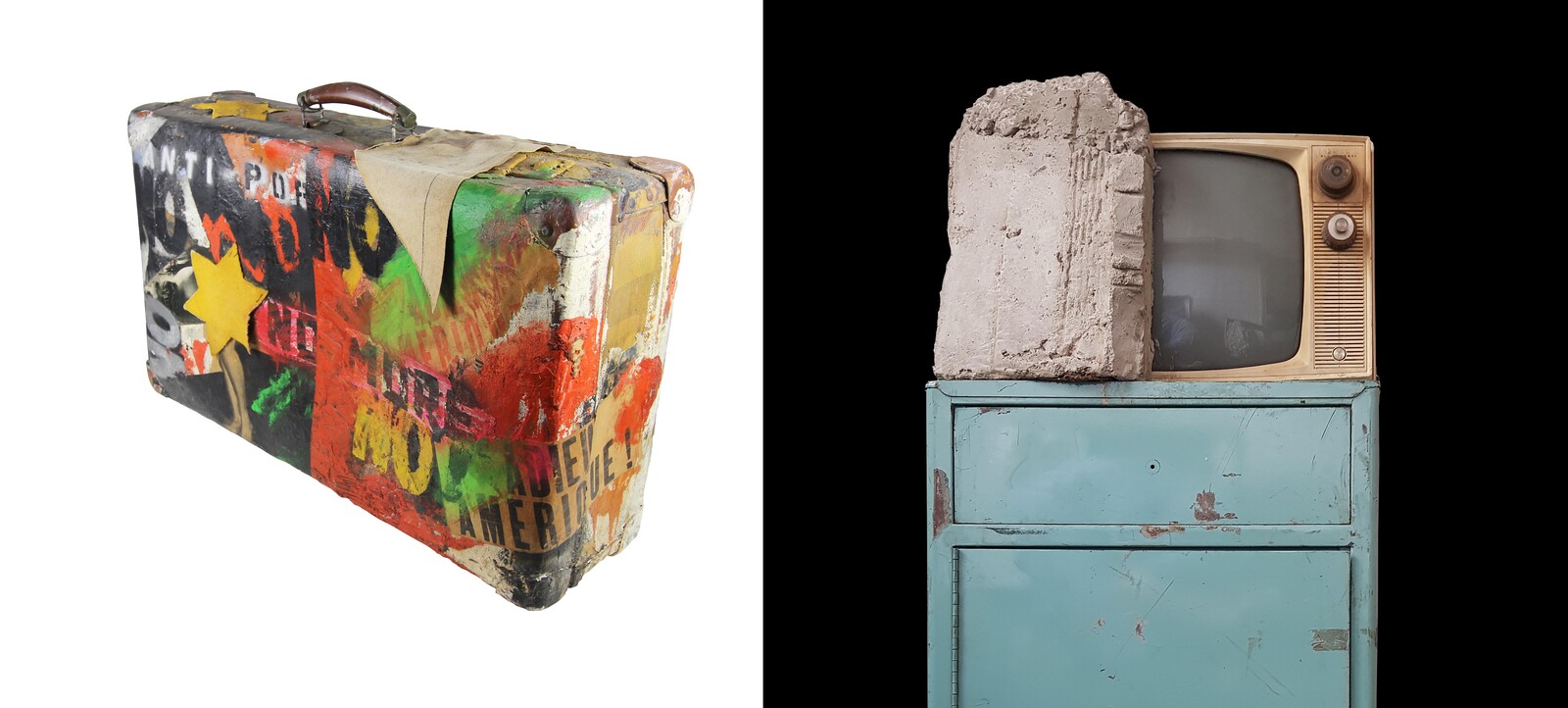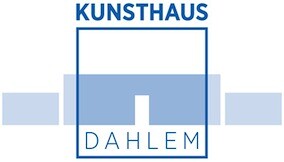Art After the Shoah
July 8–October 30, 2022
On the occasion of Wolf Vostell’s 90th birthday, Kunsthaus Dahlem is dedicating an exhibition to him and his artist colleague and dear friend Boris Lurie, which will set its thematic focus on the artistic reappraisal of the Holocaust and the most recent German past.
Wolf Vostell (1932–1998) and Boris Lurie (1924-2008) met in the 1960s and soon shared more than a deeply felt friendship. Both adopted political positions with their art, both contended with the reappraisal of the inconceivable horrors of the Holocaust, and both opposed war, cruelty and crimes against humanity with every means at their disposal. Their raw works resist the simple consumption that appeared to them as an abomination of the art business. The works of the two artists seem more relevant than ever today, as they rely on a kind of shock therapy, with which the attention of the audience is drawn to the continuity of violence and contempt for humanity.
Wolf Vostell is linked with the exhibition location by a special history: the politically active artist moved from the Rhineland to Berlin at the beginning of the 1970s. The move to the “tragic climatic health resort,” as he called Berlin, appeared to him to be absolutely necessary: “Because [the place] contains our history after all, and I process this history in my paintings and in my objects.” The City of Berlin gave Vostell lifetime use of a studio in Dahlem in 1984. The new domain was located in a representative studio building that the National Socialists had constructed for Arno Breker from 1938 to 1942. Breker not only enjoyed many privileges as an artist during the National Socialist era, but also actively implemented the ideology and aesthetic of the regime with his works. The National Socialist regime wanted to transform Berlin into the future capital of the empire of Germania, and Breker was to provide ornamentation for the buildings with monumental sculptures. At this historical site, Wolf Vostell continued the contention with the German history of the 20th century he had begun in the late 1950s. Vostell realised the reappraisal of the National Socialist dictatorship and of the Holocaust in all creative phases, with a density and diversity of artistic means like hardly any other artist of his time.
Select works by Boris Lurie enter into a dialogue with Wolf Vostell in the exhibition. Lurie grew up in Riga and experienced the horrors of the Shoah as a Jew at first hand. Vostell strived to relate to these traumatic experiences as a German. An increasingly intensive exchange developed between the two artists.
While the female members of his family fell victim to the mass murder policy of the National Socialists, Boris Lurie and his father survived. After 1941, they was transported to various concentration camps and liberated on April 18, 1945 from the Polte ammunition factory in Magdeburg, which served as a sub-camp of the Buchenwald concentration camp. They emigrated to New York in 1946, where Boris Lurie initiated the NO! art movement in 1959.
Lurie’s art was not aimed at eliciting sympathy for the victims of the Shoah, “but instead at horrifying”. In his works, he repeatedly juxtaposed the mounds of naked corpses of the Holocaust with titillating pin-ups as products of what was, in his opinion, the same inhuman system. His declared objective was to tear the public out of its complacent passivity and bring home to it the continuation of criminal systems. The two artist friends pursued similar goals and strategies, not only thematically, but also stylistically and formally. The exhibition at Kunsthaus Dahlem traces the many parallels in terms of style and content in.
The exhibition is generously funded by LOTTO-Stiftung Berlin. With additional funds by Boris Lurie Art Foundation and the Circle of Friends of Kunsthaus Dahlem. With support by The Wolf Vostell Estate.
Publication: The exhibition is accompanied by a bilingual catalogue.
Edited by Dorothea Schöne und Eckhart J. Gillen. 178 pages, 20 Euro, ISBN 978-3-9824685-0-1


